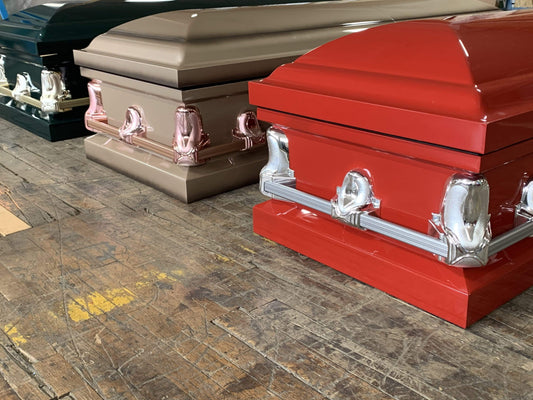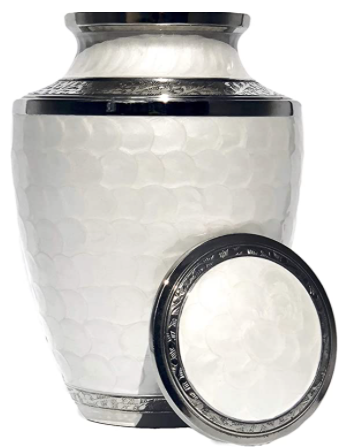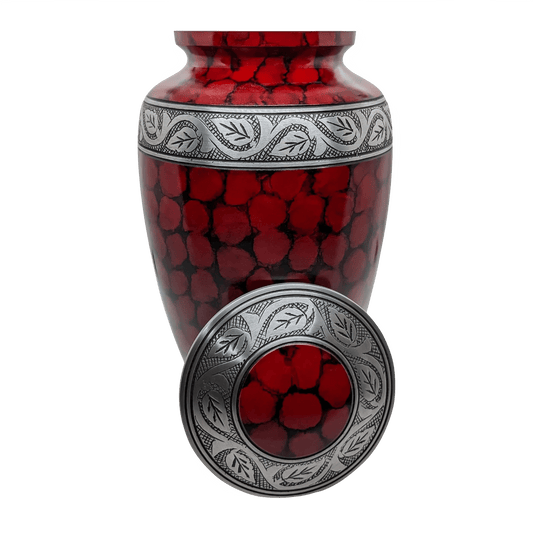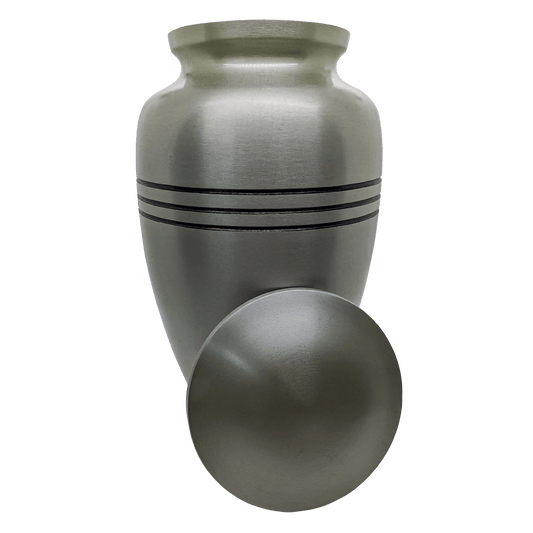There are many choices to be made with regard to honoring a loved one’s passing. Perhaps the most fundamental decision families need to make is whether to opt for burial or cremation. While burial is, on the whole, more expensive than cremation, there are many different factors that determine the total cost of both. Let’s take a closer look at cremation vs. burial costs and what both options involve.
According to the National Funeral Directors Association, the average cost of a funeral with a viewing and burial in 2019 was $9,135 - roughly a 7% increase from the average cost in 2014, which was $8,508. Funerals with a viewing and cremation, by contrast, cost an average of $5,150 in 2019 (up from $4,798 in 2014). The NFDA also notes that these median prices don’t take into consideration additional miscellaneous costs, such as obituaries.
Table of Contents
So Why Is Cremation Less Expensive On Average Than Burial?
Caskets for cremation are generally less expensive. Caskets that are suitable for cremation, such as sturdy pine or reinforced cardboard, are typically less expensive than metal caskets or coffins with features that are not combustible.
There’s usually no need for a grave plot and burial vault. Grave plot and burial vault costs can be significant, with an average price of at least $2000. While some families inter their loved one’s remains in a grave after they have been cremated, the majority of people who choose cremation keep the deceased’s remains with them in an urn, or scatter the ashes in a location that has special meaning to them.
Grave opening and closing costs don’t apply. Again, while some people choose to lay their loved one’s cremated remains to rest in a cemetery, most don’t. This removes the costs associated with opening and closing the grave, which include administrative fees, laying out the grave boundaries, excavating the space, maintaining the area around the grave and a number of other logistical tasks.
Headstones aren’t needed. Families deciding to cremate a loved one who has passed usually keep their remains in a decorative urn. This eliminates the need for a marker or a headstone, which costs an average of $2,000 - and often much more, depending on the material used for the headstone and the intricacy of the engraving.
While less expensive on average than burial, cremation can still be quite costly, as you can see from the NFDA statistics above. For this reason, some families decide on a more economical option: direct cremation.
What Is Direct Cremation?
Direct cremation is sometimes called basic or simple cremation. It includes cremation and very little else - no embalming, no ceremony and no viewing. After a person has passed, their body is transported directly to the cremation center. There, the body is cremated and the remains are placed in an urn to give directly to the deceased’s family. This option is preferable for those looking for a more affordable way in which to honor their loved ones; it’s also ideal for those who wish to keep funeral proceedings as simple as possible. Note that some states may require a funeral director to manage direct cremation services, so you should check in advance if this is the case for you.
While costs vary from state to state, the average cost for a direct cremation through a crematorium is between $1,000 and $2,200; if done through a funeral home, the cost rises to between $1,600 and $3,000.
Making end-of-life decisions for yourself or for a loved one can feel daunting - both emotionally and financially. But by knowing the costs associated with cremation and burial, you can make informed decisions that are in line with both your personal preferences and your family’s budget.
Regulations vary between jurisdictions. You should consult your local funeral professional for the most accurate and up-to-date information.
Plan Your Farewell with Grace – Our Pre-Planned Caskets Offer Peace of Mind
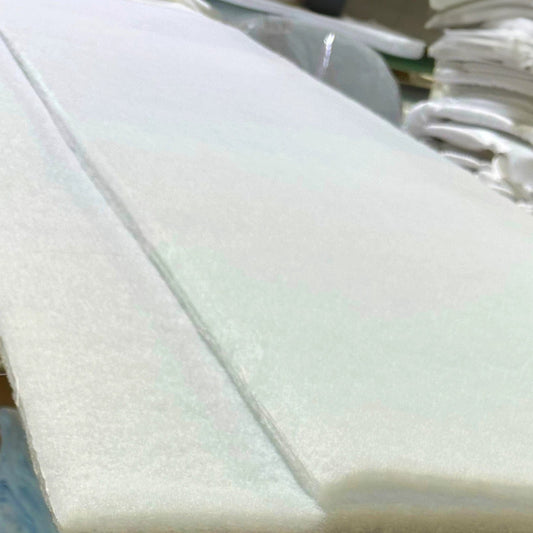
![Upgrade to Premium Weight [18-gauge steel]](http://titancasket.com/cdn/shop/products/casketthicknesswithnumbers.png?v=1680642906&width=533)
